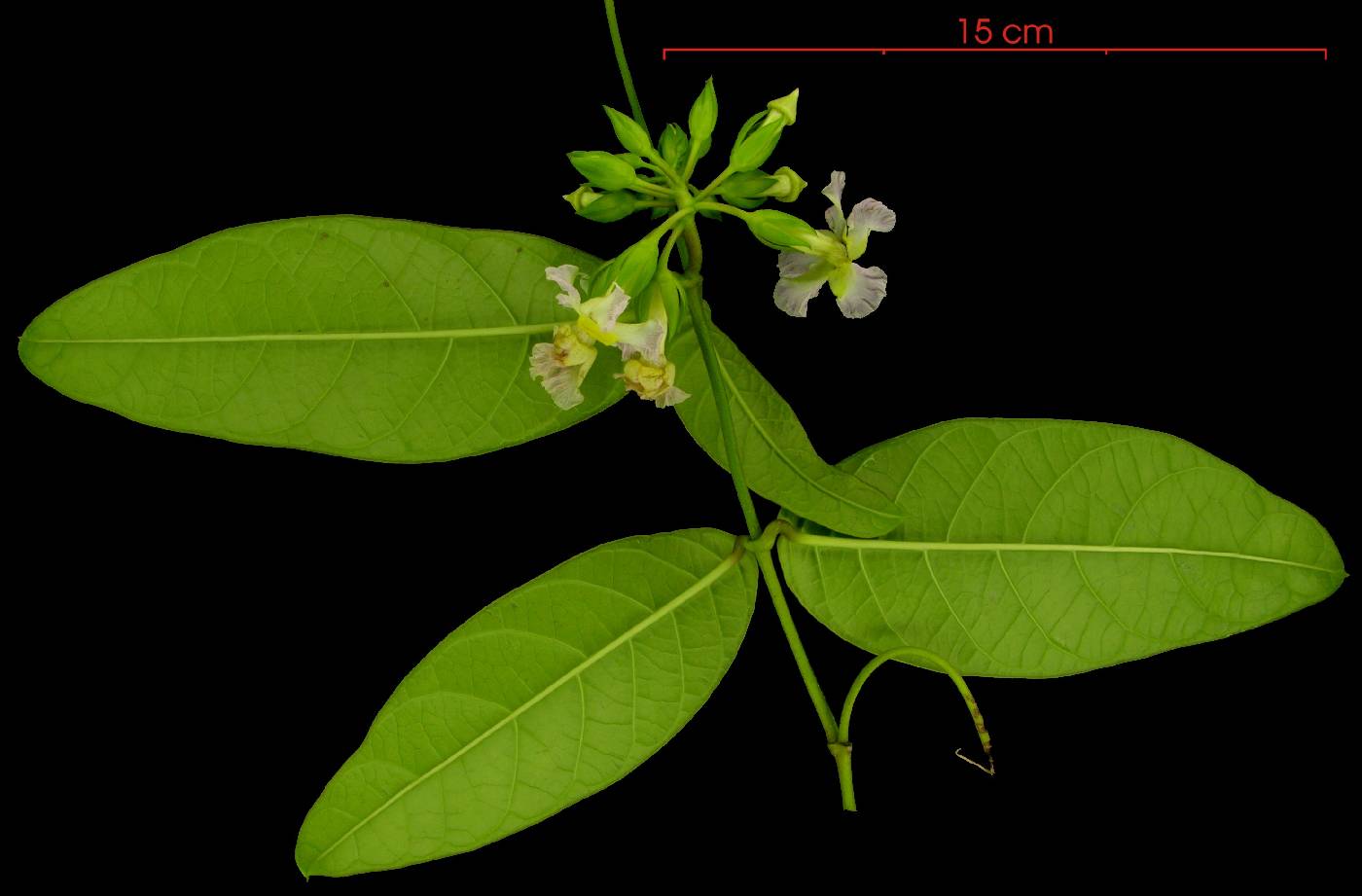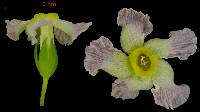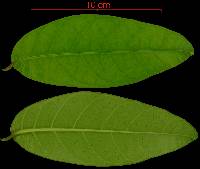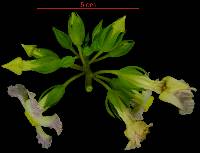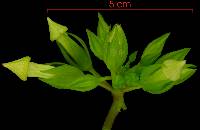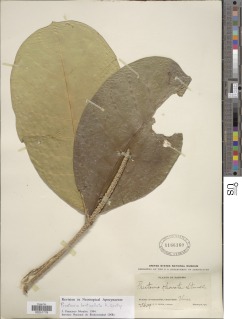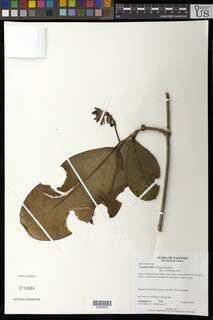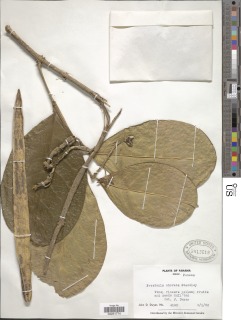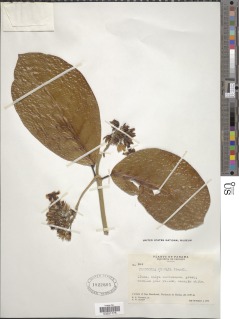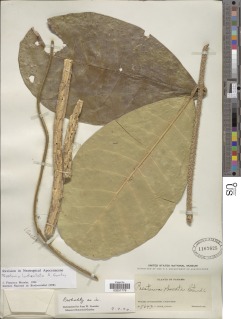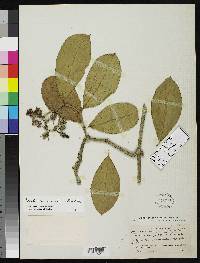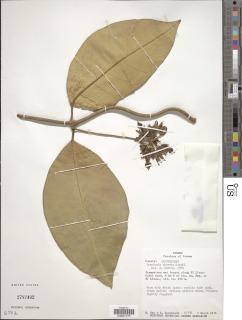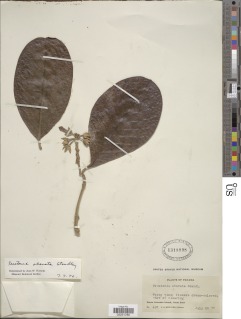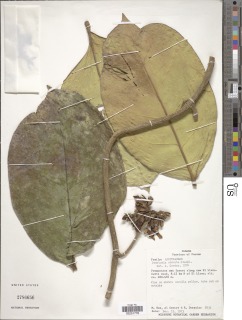

|
|
|
|
Family: Apocynaceae
[Prestonia obovata Standl.] |
Descripción: Se reconoce por su tronco marrón y las ramitas glabras. El desprendimiento de cualquier parte de la planta produce el flujo de una savia lechosa. Las hojas son simples y opuestas, coriáceas, de 10-28 x 6-17 cm, obovadas, con ápice agudo o redondeado, a veces emarginado en las hojas jóvenes, bordes enteros y frecuentemente revolutos por el envés, base obtusa. Las inflorescencias son axilares, aglomeradas y usualmente más cortas que las hojas adyacentes. Flores amarillas. Los frutos son folículos pares, de 22-41 x 0.8-1.2 cm, leñosos y dehiscentes al madurar. Las semillas se encuentran cubiertas de un penacho de pelos en el extremo apical. Especies Parecidas: A menudo se confunde con LK pre2le Prestonia lenticellata LK2 , pero en P. lenticellata las ramitas se encuentran cubiertas de lenticelas y las hojas nuevas no tienen el ápice emarginado. Liana, essentially glabrous; sap milky; younger stems often with corky lenticels; older stems becoming totally covered with corky tubercles. Leaves opposite; petioles 1-3 cm long, swollen, with several sharp glands in axils; blades mostly obovate, acute to rounded and cuspidate at apex, rounded to obtuse at base, 14-28 cm long, 9-18.5 cm wide, coriaceous, glabrous to minutely puberulent; elsewhere venation sometimes prominent below, with a submarginal collecting vein. Corymbs axillary, longpedunculate; peduncles and pedicels densely puberulent to glabrous; pedicels to 4 cm long; flowers 5-parted; calyx lobes triangular, 10-15 (20) mm long, pubescent at least near base, with a single squamella inside each lobe; corolla salverform, yellow, 2.5-3.5 cm long, puberulent outside, with 5 white epistaminal appendages held above the prominently raised rim, the rim white to pink, the tube ca 2 cm long, pubescent near anthers; stamens included (just below rim); anthers ca 4 mm long, connate and glued to stigma; stigma 1; nectaries thick and fleshy, shorter than ovary. Follicles paired, 25-35 cm long, often covered with corky tubercles like those of stem; seeds ca 2 mm long, with tufted trichomes at apex, the trichomes 3.5-4 cm long. Aviles 38. Rare, in the forest. Flowers during the dry season and in the early rainy season (January to September, especially in July). The fruits mature in the late rainy to early dry seasons (October to January), especially in the dry season. |

